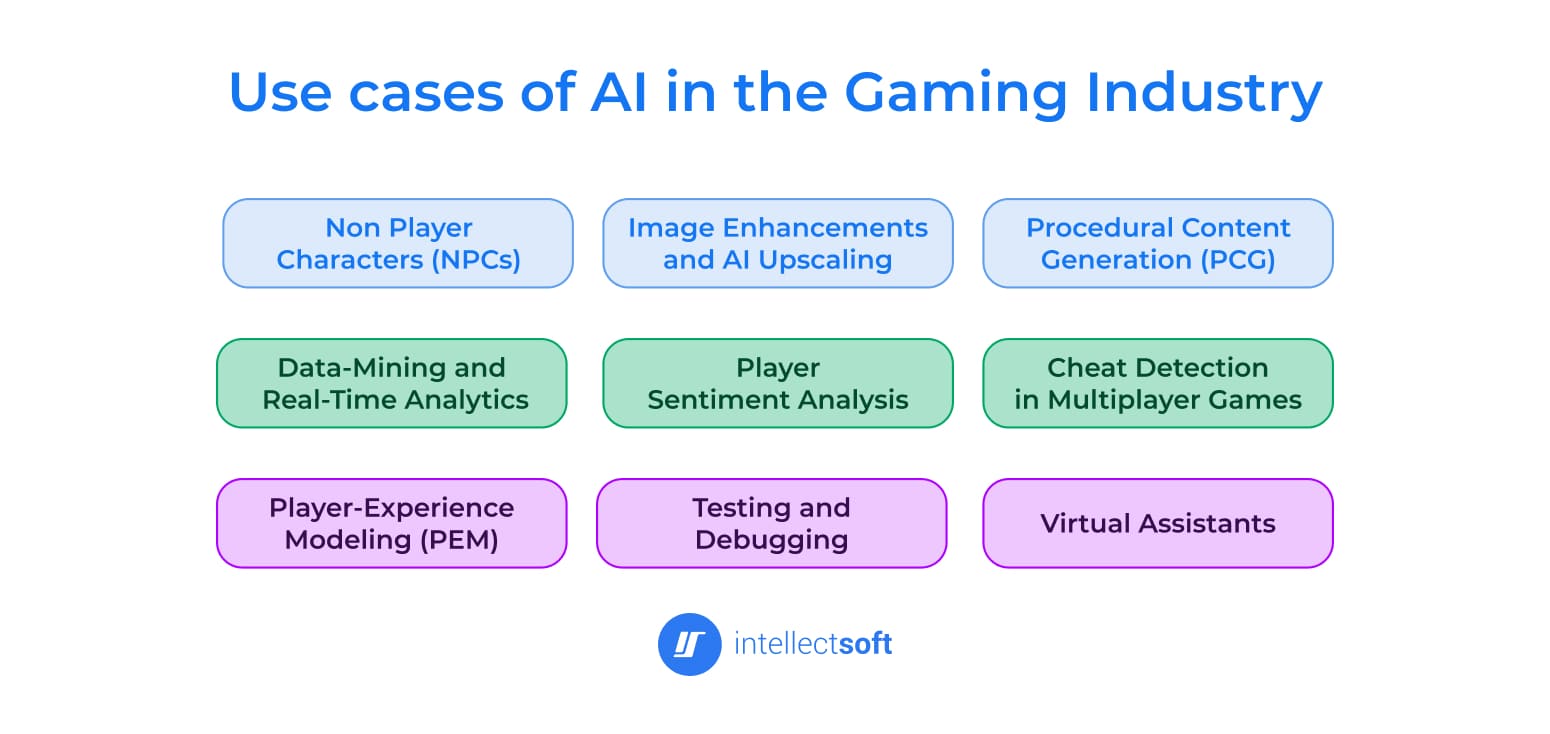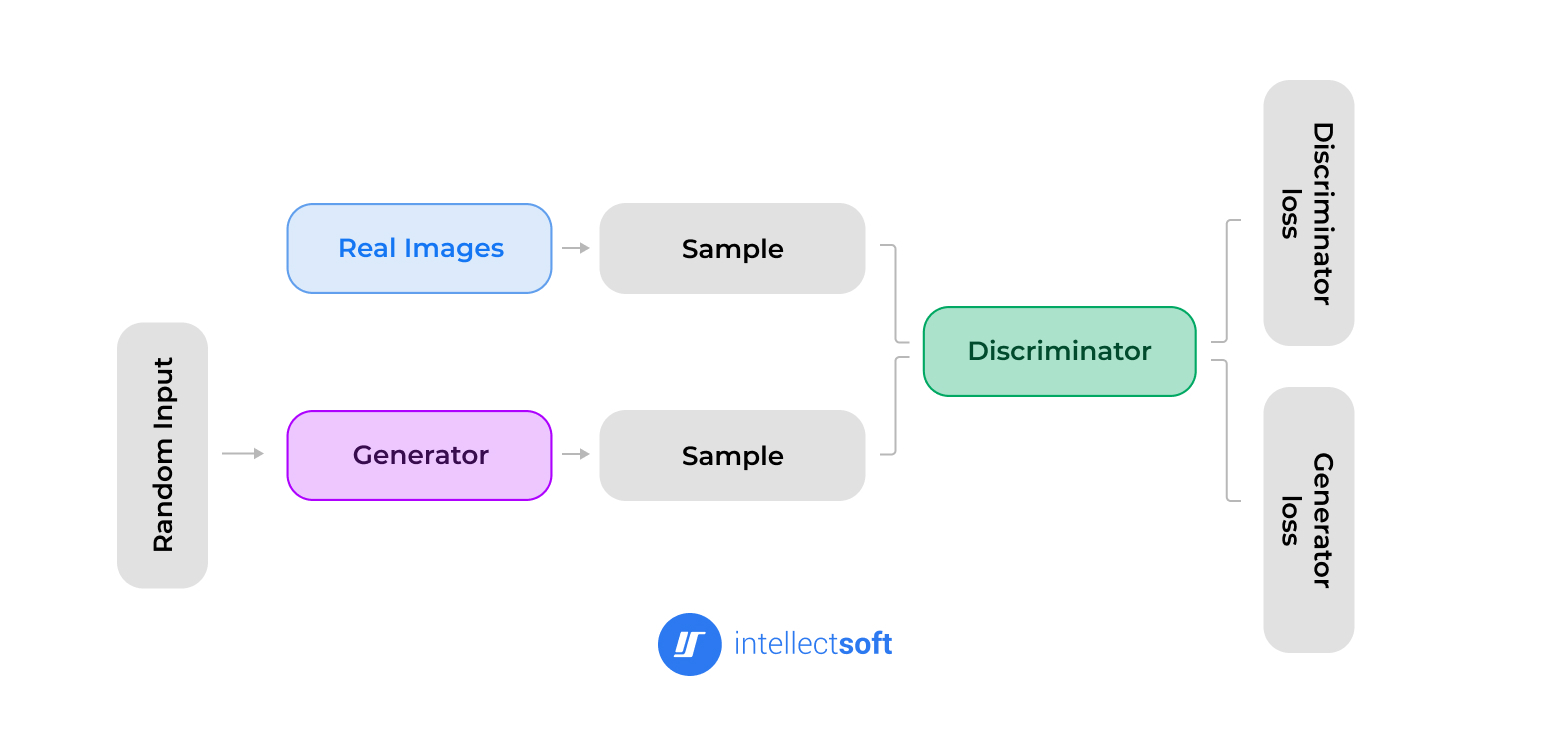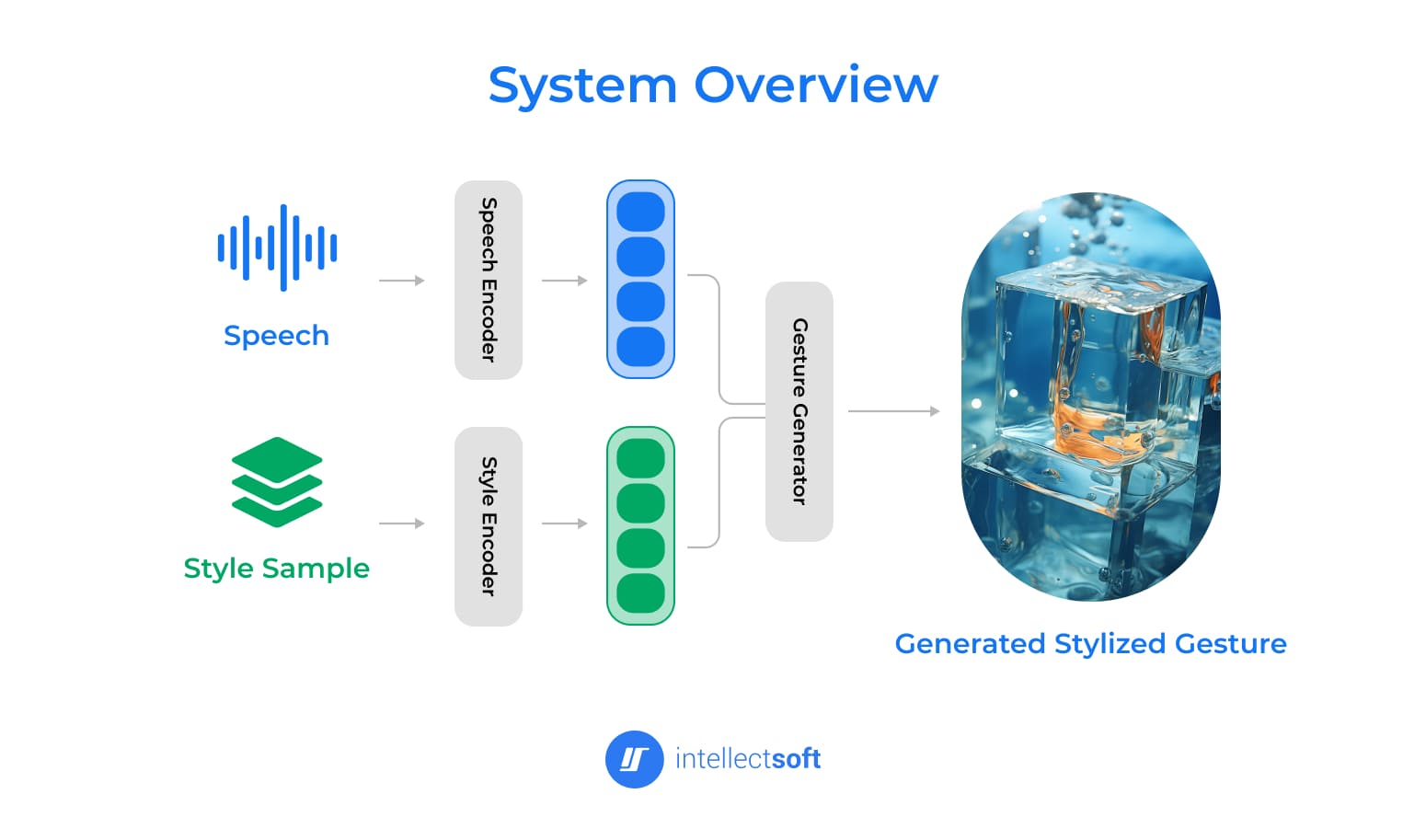Video games have transformed from a pastime often dismissed by parents as frivolous to a thriving industry generating millions in revenue for teenagers and young adults. This sector also paves the way for advancements in AI and VR technology. Video game development integrates artistic and scientific elements of coding with disciplines like psychology, anthropology, cultural studies, and sociology. As a result, gamers develop proficiency in unique knowledge application areas, sharpening both social and technical skills at an exceptional pace.
The game development industry even birthed a new movement known as Creative Coding. While some sources define it solely as creating digital art through code, the gaming world expands this concept significantly. Creative Coding is actively practiced at game development conventions and incorporated into the curriculum of software engineering schools. It represents a unique blend of art, design, and scientific principles. This approach transcends conventional thinking, fostering the creation of extraordinary experiences where the physical and digital realms converge.
Game Dev coders endeavor to bridge the gap between the digital and physical worlds by enriching digital elements with the ability to interact with real-world environments. This allows digital information to become "embodied," responding to the viewer, dynamically altering the context, and establishing intricate forms of interaction and behavior. Let’s see how AI and its disruptive tech counterparts like VR are currently transforming the gaming industry.
So, What is AI in Gaming?
Artificial intelligence (AI) in games extends beyond the boundaries of traditional interactive experiences. These systems learn about players' behavior during gameplay, going beyond pre-programmed responses, which allows them to dynamically adapt and provide an optimal gaming experience tailored to each individual.
Role of Artificial Intelligence in the Gaming Industry
The likely reason why AI in the gaming industry strives, particularly in gaming, might be attributed not only to the fact that it is a lucrative market worth billions of dollars. The roots of this interest might stem from the deeply human nature of wanting to gain an advantage in a competitive field to achieve goals. Remember the Game Theory? It is a mathematical study that drives strategic decision-making among individuals and bigger entities like companies or even entire societies.
Despite the games being traditionally related to entertainment, scientists are working on some serious applications of AI by training their models in the gaming setting. Possible real-world scenarios include military training, education, driving training, medical training, and mental health therapy.
What’s more, game dev is at the forefront of software development innovation at scale. For instance, IEEE’s annual conference is a platform for presenting research papers. The latest findings are highlighted by the gaming giant EA:
A case study [for automated testing] is Battlefield V, which requires testing of 601 different features amounting to around 0.5M hours of testing if done manually. This corresponds to ~300 work years.
In response to these challenges, researchers are training Reinforcement Learning (RL) and other models, thus striving to rise beyond the limitations of scripted bots (while manual testing becomes increasingly obsolete). Additionally, developers spend thousands of hours on routine tasks like programming characters’ gestures, which could be automated with AI, freeing their time for more interesting tasks.
In this light, integrating AI in gaming and testing appears not just desirable but essential.
How is AI Used in Gaming?
Gaming industry seems to be leading the race in AI creation and evolution. The market has flourished with AI algorithms that are actually working in cloud gaming platforms and scaling on an ongoing basis.

Non-Player Character (NPC) Behavior
Older-generation NPCs are known for their unnatural body language, which results from their lack of responsiveness. AI engineers have figured out multiple ways of enhancing NPC behavior to make games more enjoyable. For example, smart NPCs were implemented in Unreal Engine. According to the original paper behind the research, scientists developed an algorithm based on the use of finite state machines and fuzzy state machines. Finite state machines adjust the NPC behavior based on a set of states (patrolling, chasing, etc.) that are triggered by events (seeing the player, hearing a noise). Fuzzy state machines allow for smooth and nuanced transitions between states based on fuzzy logic (spectrum of variables as opposed to binary logic). Additional models observed in smart NPCs are artificial neural networks that let them learn from experiences and genetic algorithms that let the behaviors evolve over time.
Procedural Content Generation
Machine learning algorithms can generate new levels, items, and quests. This can help keep games fresh and interesting for players, who will always encounter new content. Procedural simply means that developers do not let AIs go haywire while only letting them generate new content based on the predetermined set of rules. This helps them avoid unethical content generation and propagation. Generative adversarial networks work as an improvement mechanism where a generator and a discriminator work “against” each other, which results in more realistic and creative content.

Cheating Detection
AI can be used to detect cheating players. This can help to keep games fair for everyone. They do this by employing anomaly detection to identify and isolate deviating patterns. Supervised machine learning algorithms can be trained on cheating data and non-cheating data so that AI can understand the difference.
Dynamic Difficulty Adjustment
Similar to dynamic online exams where the questions adjust to the learner’s knowledge level, AI in the gaming industry can adjust a game's difficulty based on a player's skill level. This can help ensure that the game is challenging enough to keep it interesting, yet at the same time not frustrating. First of all, key metrics to track are identified, and tracking mechanisms are activated. For example, these could be time to complete a level, number of enemies killed, weapons used, etc. Then, the model of the player’s skill level is created. This model can then be used to predict how the player will perform on future tasks and adjust the difficulty accordingly.
Personalized Gaming Experience
Content recommendations that are familiar to us from most of the video and music content apps have also been implemented in cloud gaming. When a user logs into a game, they might be recommended items, heroes, and quests that they are more likely to enjoy. Furthermore, the whole game world can adjust based on the user’s preferences, including the landscape, quests, and AI companions. For example, No Man’s Sky introduced the possibility of creating a whopping 18 quintillion open worlds that are modified based on the player’s experiences.
Enhanced Graphics with AI Upscaling
Cloud gaming lets you play high-end games on devices that wouldn't normally be powerful enough. However, the data stream from the powerful remote servers can be hefty, requiring good internet bandwidth. Here's where AI upscaling comes in, offering a win-win situation for both cloud gaming services and players. The remote server renders the game at a lower resolution, reducing the data required for transmission, while the AI model analyzes the incoming lower-resolution image and predicts missing details that would be needed to get a high-resolution experience. Finally, the missing details are generated, and the upscaled imagery is delivered right to your laptop or mobile device.
Major Trends in AI Gaming
Below, we will describe in more detail the key AI trends in the gaming industry.
Generative AI
One of the most ubiquitous, this type of AI in gaming is much more than just text-based chatting. Yes, it can elevate dialogues, but it can also adapt gestures and tone of speech to what the character is saying. This can be used to create more realistic and believable game worlds and characters. When developing open worlds and personalized storylines, game creators rely on generative AI in procedural content generation and speech-to-gesture animation, which frees developers from the overwhelming amount of tedious routine jobs.

AR/VR Technology
This can be used to create more immersive gaming experiences. For example, AR could be used to overlay game elements onto the real world, or VR could be used to create a completely virtual world for players to explore. Technology-wise, hardware quality has skyrocketed over the last few years. Major brands are offering truly immersive experiences with photorealistic image quality, eye motion tracking, body motion tracking, spatial audio, and even sensors that enable tactile sensations and feedback.
BCI-Enabled Games
Speaking of body signal tracking, some EEG headset manufacturers claim that they implemented neural interfaces for AI in gaming that allow users to play with the power of their minds. Big players like Valve (the owner of Steam) are actively researching the niche, but the progress could be faster. Meanwhile, famous Twitch streamers are trying to play games with their DIY BCI headsets, while critics think it’s a joke because EEG headsets can’t tell meditation state from the hustle of a busy convention space.
Multiplayer Games
Cloud-based gaming revamped the whole industry, allowing users to play multiple games on a single platform regardless of their device’s processing power. Additionally, it responds to a growing trend of multiplayer games. With an estimated 1.86 billion PC gamers worldwide, the ability to come together in a game is what fuels the industry’s growth. To spice it up a little, developers have something more to offer.
AI Opponents
Smart NPCs are fun, but how about smart opponents? Of course, we are all familiar with playing “against the computer,” which has been historically challenging. However, AI in gaming aims to make this experience more adaptive and exciting. For example, case-based reasoning systems store past experiences and use them to make decisions in new situations. In a game, a case-based reasoning system could be used to allow an AI opponent to learn from its mistakes and adapt its behavior accordingly.
How to Use AI in Game Development?
AI in Game Programming
Sometimes boilerplate code is what you need. If the unit of writing is destined to be reused without any changes to it, then why write it every time by hand? AI can automate the creation of such basic backend code for common functionalities like basic enemy movement or environmental interactions. This frees up developers to focus on more complex backend logic specific to the game.
AI in Game Design
AI in game development is still evolving, but it holds promise for assisting in the development process, not necessarily replacing it entirely. Multiple use cases require continuous optimization and automation. Luckily, AI is specifically good at that kind of stuff.
For example, you want to optimize server performance. You can employ AI algorithms that analyze player behavior and server load to suggest resource allocation and server infrastructure adjustments. This can help maintain smooth gameplay and scalability for a large player base.
Furthermore, AI in gaming can help you monitor server activity and predict potential issues like outages or bottlenecks. This allows developers to take preventative measures and ensure a stable gaming experience.
AI in Game Testing and Debugging
Machine learning algorithms can analyze vast amounts of gameplay data to identify potential bugs and glitches, allowing programmers to address them before release. As discussed above, AI can potentially mitigate the issue of the overwhelming amount of testing scenarios, even in an automated setting.
QA engineers strive to deploy AI that can control virtual testers to explore the game world, identify areas where players might get stuck, and uncover potential balance issues. This reduces the manual effort required for thorough testing.
After AI playtesting, algorithms can employ data-driven analysis to review the collected data and pinpoint problematic areas or unbalanced mechanics, allowing designers to refine the game.
Benefits and Disadvantages of Using AI in Games
AI in gaming offers a double-edged sword. On the bright side, it can create sprawling open worlds, enrich interactions with NPCs, and render stunning visuals. It also proves to be valuable in AI developers’ pipelines, automating simple repetitive tasks and performing QA on massive amounts of gaming material.
However, content generation might need help to rise beyond simple tasks. Procedural content, though vast, can be unpredictable and repetitive. For example, open worlds might offer generic, repetitive patterns, while human characters might have three hands or two heads.
Training AI in game development requires significant computational resources, potentially increasing gaming prices and amplifying the unnecessary carbon footprint. Additionally, ethical concerns linger as AI may struggle to distinguish between intended and unintended actions. For instance, in content moderation, a chat joke might be interpreted as hate, and the user will be banned, while a player who is displaying toxic behavior during the quest will stay in the game.
The Future of AI in the Gaming Industry
Future applications of AI in gaming involve building on new hardware capabilities. With the rise of edge AI devices, this technology is being brought closer to the sources of collected data (like blood pressure, eye motion, etc.). If that is complemented with VR/AR, brain-computer interfaces, and quantum computing, the games will probably become even better than real life.
The increased opportunities for open worlds and character development in virtual realities will allow for social interactions and creative exploration. However, ethical concerns about such an escape from the real world are rising proportionally to AI gaming's popularity.
Summing Up
Overall, AI in the gaming industry enables enhanced player experiences and software scalability at an unprecedented pace, so it seems like we will see it becoming mainstream soon. Some applications of AI in gaming are purely practical (like AI testing in QA), while others are quite far-fetched (like BCI). One thing we know for sure is that the implementation of AI requires a lot of research and experimentation. An iterative approach can fuel this technology's evolution because, as they say, “A journey of a thousand miles begins with a single step.”
Intellectsoft collaborates with various companies exploring AI, from early-stage startups to giants like Sony. You can talk to our experts and obtain insights about your idea or an ongoing project absolutely free of charge — just hit the button below to schedule your spot.